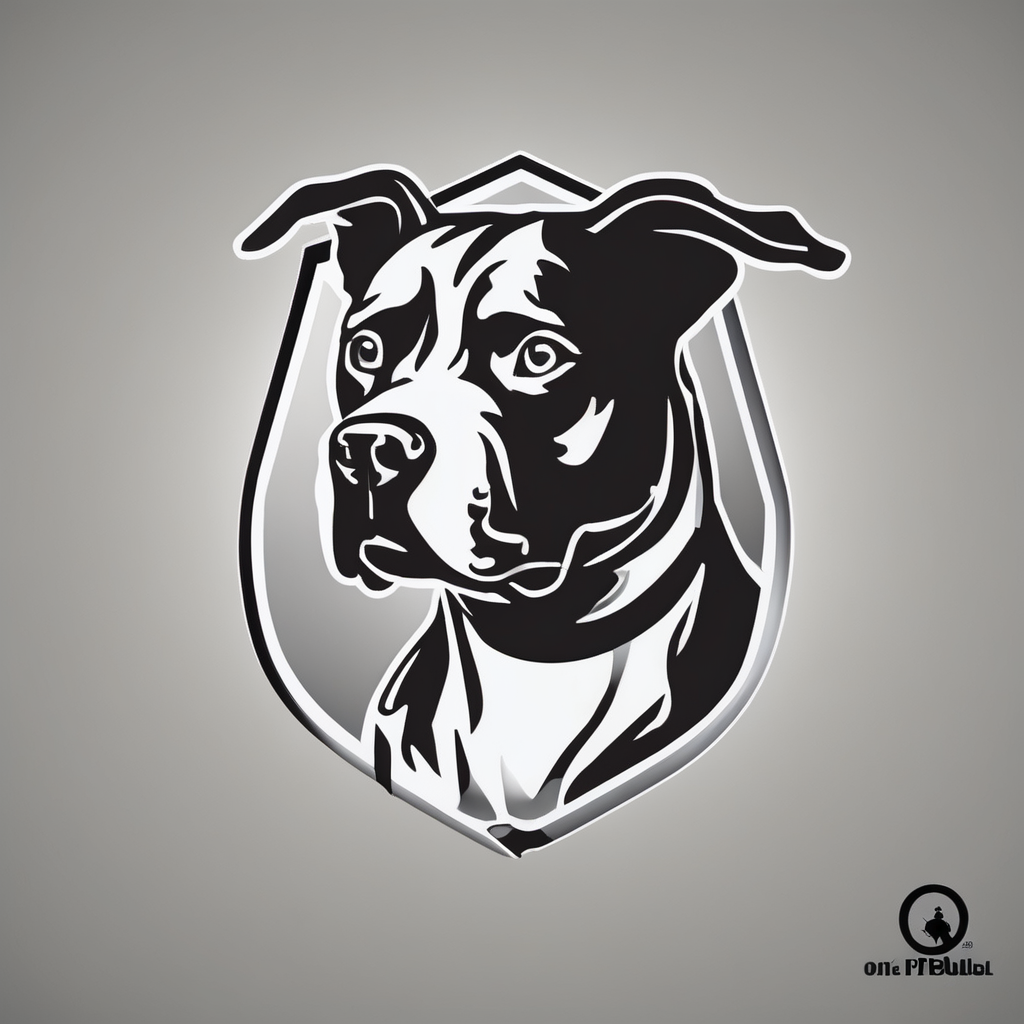Essential Preparation Before Syringe Feeding Your Cat
Successful syringe feeding a sick cat begins with thorough preparation. First, gather necessary supplies: choose the right syringe size, typically 1-3 ml for precision, and ensure you have fresh, appropriate liquid or blended food ready. Selecting a syringe with a smooth plunger helps control flow rate and reduce mess, key for comfortable feeding.
Creating a safe feline feeding setup means preparing a quiet, calm environment to minimize stress. Avoid loud noises or bright lights. Use a non-slip surface for your cat to sit or lie on, and gently hold them to prevent sudden moves that might cause injury during feeding.
Have you seen this : Vital dietary essentials for expectant queens: customizing nutrition for peak health
Understanding your cat’s health status is crucial. Some conditions require specific diets or feeding intervals. Always consult your veterinarian before starting syringe feeding to confirm the suitability of the diet and technique. If your cat shows signs of severe illness or distress during preparation, seek professional advice immediately.
These steps build a foundation for effective care and help make syringe feeding a less stressful experience for both you and your cat.
In parallel : Is your cat a candidate for behavioral therapy? choosing the perfect therapist for feline health and happiness
Essential Preparation Before Syringe Feeding Your Cat
Preparing to feed a cat with a syringe requires careful planning to ensure a safe and effective feeding session. First, gather all necessary supplies: a syringe appropriate for your cat’s size, nutritious liquid or softened food, and cleaning materials. Selecting the right syringe—usually a 5 to 10 ml size with a soft, rounded tip—helps reduce discomfort and risk of injury.
Creating a safe feline feeding setup involves choosing a quiet, low-stress area free from distractions. This environment helps calm your cat, minimizing anxiety during feeding. Soft lighting, a familiar space, and gentle handling techniques contribute to a relaxed atmosphere.
Understanding your cat’s health status before syringe feeding is crucial. Some medical conditions require specific diets or feeding intervals. Always consult a veterinarian if you observe signs of swallowing difficulty, respiratory issues, or reluctance to eat. Veterinarian involvement ensures that syringe feeding is both appropriate and tailored to your cat’s current needs, enhancing the chance of recovery.
By preparing thoughtfully, you protect your cat’s wellbeing and set the stage for a smooth feeding experience.
Essential Preparation Before Syringe Feeding Your Cat
Proper preparation to feed a cat with a syringe begins by choosing the right syringe size. For syringe feeding a sick cat, a 1 to 3 ml syringe with a soft, rounded tip is recommended to allow precise control and minimize discomfort. Gathering fresh, nutritionally appropriate liquid or blended food ensures your cat receives necessary nutrients safely.
Creating a safe feline feeding setup involves finding a quiet, familiar spot where your cat feels comfortable and relaxed. A non-slip surface helps maintain stability, preventing sudden movements during feeding. Soft lighting and gentle handling also reduce stress, which is crucial when feeding a vulnerable cat.
Understanding your cat’s health status is vital. Certain illnesses affect swallowing or digestion, making some diets unsuitable. If you notice coughing, gagging, or refusal to eat, consult a veterinarian before continuing. Veterinary input confirms whether syringe feeding a sick cat is appropriate and helps tailor feeding schedules and diets to your cat’s condition, maximizing safety and recovery chances.
Step-by-Step Guide to Safe Syringe Feeding
Ensuring a safe syringe technique starts with proper positioning. Hold your cat gently but securely, ideally in an upright or slightly reclined position to reduce the risk of aspiration. Support their head firmly and insert the syringe at the side of the mouth, between the cheek and teeth, to avoid gag reflex activation or injury.
Mixing and preparing liquid diets correctly is vital. Use liquid diets for sick cats that are nutritionally balanced and at room temperature to encourage acceptance. If using homemade blends, ensure the consistency is smooth enough to pass easily through the syringe without clogging but thick enough to provide adequate nutrition.
Administer food slowly and steadily, allowing your cat to swallow before giving more. This prevents choking or distress. Watch carefully for any signs of coughing, gagging, or refusal, which indicate the need to pause or adjust technique. Following these feline feeding best practices helps maintain safety and comfort during syringe feeding, critical for a positive experience for both you and your cat.
Essential Preparation Before Syringe Feeding Your Cat
Preparing to feed a cat with a syringe requires precise attention to tools and environment. Select a syringe that matches your cat’s size—usually 1 to 3 ml for sick cats—to control flow and reduce discomfort during syringe feeding a sick cat. Avoid large syringes or sharp-edged tips that could cause injury.
Creating a safe feline feeding setup extends beyond syringe choice. The feeding area should be quiet, dimly lit, and familiar to your cat. A non-slip surface and gentle restraint help stabilize your cat, preventing sudden movements that can cause aspiration or stress.
Understanding your cat’s health status before starting syringe feeding is crucial. If your cat exhibits difficulty swallowing or respiratory distress, consult a veterinarian immediately. Veterinary guidance ensures you tailor feeding volumes, intervals, and diet consistency to your cat’s needs, enhancing recovery and reducing complications. Paying close attention to symptoms and environment prepares both you and your cat for successful syringe feeding with minimized risk and stress.
Essential Preparation Before Syringe Feeding Your Cat
When preparing to feed a cat with a syringe, selecting the correct syringe is vital. For syringe feeding a sick cat, a 1 to 3 ml syringe with a soft, rounded tip is recommended to provide precise control and minimize discomfort. Avoid larger syringes that may cause choking or injury.
Establishing a safe feline feeding setup means creating a calm, quiet environment familiar to your cat. Use a non-slip surface and gentle restraint to prevent sudden movements that could lead to aspiration or stress. Such precautions help protect your cat’s well-being during feeding.
Understanding your cat’s health is essential before starting syringe feeding. If your cat has difficulty swallowing, shows respiratory distress, or continuously refuses food, consult a veterinarian immediately. Veterinary guidance is critical to tailor feeding amounts, intervals, and food consistency suitably, enhancing recovery. Additionally, monitoring your cat’s response during feeding detects problems early, ensuring you adjust the technique promptly.
By carefully gathering appropriate supplies, designing a stress-minimized feeding area, and prioritizing your cat’s medical needs, you build a strong foundation for effective and safe syringe feeding. These steps address common risks and optimize comfort for both you and your cat.
Essential Preparation Before Syringe Feeding Your Cat
When preparing to feed a cat with a syringe, selecting the right syringe is critical for effective and safe feeding. A 1 to 3 ml syringe with a soft, rounded tip is recommended for syringe feeding a sick cat to allow precise control and reduce discomfort. Avoid large or sharp-edged syringes as they increase the risk of injury or choking.
Establishing a safe feline feeding setup involves more than syringe selection. Choose a quiet, low-stress area familiar to your cat, where sudden noises or bright lights are minimized. Ensure the surface is non-slip to prevent sudden movements that may cause stress or aspiration. Gently restrain your cat to stabilize head and body but avoid excessive force.
Understanding your cat’s health status is essential before starting syringe feeding. Consult a veterinarian if your cat shows any difficulty swallowing, coughing, gagging, or respiratory distress. Veterinary input helps tailor feeding volume, frequency, and diet consistency to your cat’s specific needs. Frequent monitoring during feeding detects early signs of complications, enabling you to adjust the technique promptly.
These thorough preparations establish a safe and comfortable experience for both you and your cat during syringe feeding a sick cat.
Essential Preparation Before Syringe Feeding Your Cat
When preparing to feed a cat with a syringe, gathering the right supplies is essential for success. Select a syringe feeding a sick cat that is 1 to 3 ml in size with a soft, rounded tip. This allows precise control over food flow and reduces discomfort or injury risks. Avoid larger or sharp-edged syringes that could harm your cat.
Creating a safe feline feeding setup involves choosing a quiet, familiar space with a non-slip surface to stabilize your cat. Minimizing noise and bright lights helps reduce stress during feeding. Gently restrain your cat to prevent sudden movements, supporting both comfort and safety.
Understanding your cat’s health status is critical. If your cat shows any signs of coughing, gagging, or difficulty swallowing during feeding preparation, consult your veterinarian promptly. Veterinary advice will guide you on diet consistency, feeding intervals, and whether syringe feeding is appropriate. Monitoring your cat closely lets you respond quickly to any problems, ensuring the feeding process remains safe and effective.

